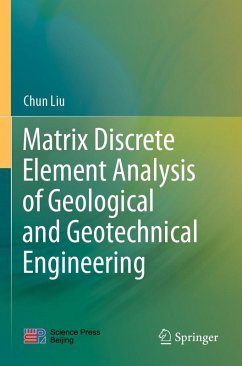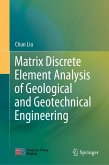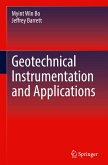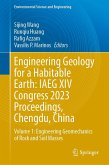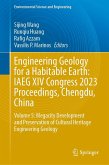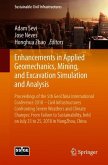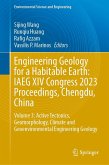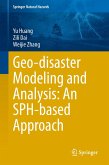This book introduces the basic structure, modeling methods, numerical calculation processes, post-processing, and system functions of MatDEM, which applies the basic principles and algorithm of the discrete element method. The discrete element method can effectively simulate the discontinuity, inhomogeneity, and large deformation damage of rock and soil. It is widely used in both research and industry. Based on the innovative matrix discrete element computing method, the author developed the high-performance discrete element software MatDEM from scratch, which can handle millions of elements in discrete element numerical simulations. This book also presents several examples of applications in geological and geotechnical engineering, including basic geotechnical engineering problems, discrete element tests, three dimensional landslides, and dynamic and multi-field coupling functions. Teaching videos and the relevant software can be accessed on the MATDEM website (http://matdem.com).
The book serves as a useful reference for research and engineering staff, undergraduates, and postgraduates who work in the fields of geology, geotechnical, water conservancy, civil engineering, mining, and physics.
The book serves as a useful reference for research and engineering staff, undergraduates, and postgraduates who work in the fields of geology, geotechnical, water conservancy, civil engineering, mining, and physics.

